Merry Alpern was born in 1955 in New York City. She explored sociology in college, a topic that is reflected in her fascination with the landscapes of human relationships. Before graduating from Grinnell College, she returns to New York to follow her love for photography. (2) Merry Alpern approaches photography in a way that mimics surveillance and examination through photographic concealment. Work of Alpern’s, such as Shopping investigates portraiture through hidden camera spontaneity. Similarly, her most famous work Dirty Windows exemplifies narratives as told through covert photography and truly candid photographs.
Dirty Windows (1995) by Merry Alpern is a vision of intimacy and sex in a way that is defined by its contrast with capitalism, nightlife culture, and enigma. In an interview with Pauline Vermare, Alpern says “From his window, one flight down, maybe fifteen feet away, I saw a bathroom window and felt the vibrations of a pulsing bass track. Suddenly, a body in a sparkling harness appeared, then disappeared” (1).
In her images of a 1990’s Lap Dance Club, there is a sense of mystery that surrounds a fleeting second in and out of darkness. The obscured vision of each photograph lacks perfect visual context. When viewing the photographs, one might imagine some of the moments as scenes of lovers. However, the presence of key visual cues; such as drugs and money, make it clear that the scenes hold a layered narrative behind the two-dimensionality of the window panes.
Alpern’s project was and remains a controversial depiction of raw human behavior. Without asking her subjects permission, the project has been perceived in privacy contexts in various ways. Elena Martinique described Alpern’s series as “Engaging in sociological espionage, the artist used a fast black and white film to create images imbued with a peep-show quality”(3). In exploring how this allowed Alpern’s work to somehow be both critiqued and celebrated, Martinique reflects on Alpern’s work as being “… rejected and vilified by conservatives, along with that of co-candidates Andres Serrano, and Barbara DeGenevieve. This caused quite a controversy, at the same time sparking a great interest in the work”(3).
I argue that it is this controversy over human behavior, sociological discovery, and female sexuality that defines her work as one that is monumental. Alpern introduces how to see with equally sociological and artistic eyes as a way to evaluate the human condition. She allows these portraits to showcase how intimacy and sex transcend our traditional views of love and romanticism. She captivates her viewer with simple yet detailed imagery that tells a larger story about rejecting societal definitions of sexual acceptability and realizing the ephemeral beauty of the unseen.
In exploring Alpern’s style, I discovered how her use of the frame both illuminated and obscured the narrative. I also attempted to emulate ideas of intimacy and enigmatic behavior. While her images are not staged, they do depict a level of dedication to lingering until the scene within the frame fell into full effect. Alpern says “I was transfixed and spent the next six months sitting in the dark, dressed in black, camera on a tripod, watching the goings-on of perfect strangers”(1). There is a sense of instance in that the images capture a singular moment in a loftier picture. Her vision of movement is emphasized by the grainy-ness of the dark atmosphere. I was most struck by the decision to shoot through a frame. Her choice of a window captures portraiture that seems to be stuck behind these two rectangular blocks. It hides certain complexities from our vision and forces us to reside in the two-dimensional space of the border. However, it somehow pushes us to imagine there is much more than a peek into the splinter of two window panes “Perhaps it had something to do with wanting to understand how people connected, no matter the circumstance”(1).
I took images over two weeks of my friend’s in relationship with themselves and their bodies. I attempted to frame each image in a unique way that resonates with the attention to detail, fleeting moments, and an obscured frame.
In deciding to spend a week photographing like Merry Alpern, I knew I was stepping into a week to think about women, intimacy, and sexuality. In deliberately choosing a photo book that spoke about women in a different context than books like Girl Culture by Lauren Greenfield; I hoped to examine the complexities of female sexuality.
In viewing Alpern’s photographs we see a small narrative that makes us ask larger questions. My assumptions about Alpern’s photographs were the most valuable part of discovering what kind of conversation her piece was made of. I found myself asking: Who is she? What is she wear? Is she a prostitute? Is she in love? What does the music sound like? How much money is she making? What drugs are those? Is she happy? Why do I care?
These kinds of questions reveal the underlying assumptions about female sexuality as being one that is typically exploited and revolves around patriarchal contexts. I decided to photograph the lives of my female friends. In surrounding myself with typically politically left, feminist, pro-desire women – the freedom their sexuality brings them is a point of pride and identity. Living in Ann Arbor, it is easy to forget how the contexts of my female friend’s bodies changes in different social spaces; and these photographs help me become more aware of the beauty in the privilege to dress, act, and exist how we would like.
In choosing to photograph my friends, there is a unique privilege in intimacy as well. My closeness to these individuals allows them to let their guards down, exist in spaces without hesitation, and mirror themselves onto my lens without fear. Although starkly contrasted to Alpern’s technique of photographing complete strangers – there is some similarity in that the Women she photographed were uniquely authentic because they were completely oblivious to the camera.
In creating my own photographs, I learned that Merry Alpern’s process could not have been easy. I found myself wishing I had more time – the ability to sit and wait for hours on end to find the singular decisive moment of magnitude. I found that my images were close to what I wanted, but left me wondering what would have happened if I would have been able to allow things to fall perfectly into a frame. I grew a fonder appreciation for Alpern’s dedication to sitting, waiting, and immensely empathetic energy she used in dedicating so much time to a window in the dark. I can envision the frames upon frames of negatives in which she tucked away because she almost caught the perfect image – but waited too long and missed the point of perfection. I found even with my finger on the shutter, I would see capturable moments and watch them fall away just as quickly. It was a reminder of the ephemeral quality in the details of moments.
My initial vision was to photograph the ongoing and intimacies of campus culture through windows. I found this difficult to accomplish as I was unable to become invisible like Alpern. She talks about her perch of complete inconspicuousness stories above her frame. I was unable to get either far enough away, or close enough to capture a window scene – let alone hoping there was something compelling going on inside of it. Additionally, I sensed a heightened fear of surveillance. Even taking photographs of strangers at parties alarmed an instinctual reaction to either question me or perform for me – something I wanted to avoid. To combat the ways in which this affected my images, I set up an editorial style photoshoot inside some of my friends’ homes, capturing obscure and intimate details of their bodies. It was a unique challenge to find a way to mimic Alpern’s work in other ways. I focused on ideas such as movement, obscurity, a tightly cropped frame, intense zoom, and attention to detail to emulate her style. I liked the final outcome of this process as it dissected further her concepts as ones that move beyond the technical frame.
Slideshow of my photographs: [Best_Wordpress_Gallery id=”111″ gal_title=”Kenzies Photographs”] Slideshow of Mary Alpern’s photographs: [Best_Wordpress_Gallery id=”84″ gal_title=”Kenzies Gallery”] [/su_tab] [su_tab title=”Conclusion”] Conclusion
Merry Alpern says she never contemplated the female gaze when making her pieces. However, I think the female gaze is one that is inherent in being part of female society; and subconsciously seeps its way into the things that we make. I found that my eyes saw these images differently than a common culture might. I saw these lacy details on female bodies as representations of artistic value, a celebration of the female form, and an agreement to accept female sexuality as normality. However, I am not oblivious to the gaze in which the rest of viewers may see these images, as well as how Alpern’s images were seen. It was believed that privacy and photographic consent were part of Dirty Window’s controversy. However, I believe the controversy was largely due to the lack of acceptance for women owning their own sexuality. It was presented in a time in which second and third wave feminism began to confront each other and pro-desire was a rising feminist voice. I wanted to confront the images I made with a sense of delicacy in that sense, acknowledging that the male gaze and patriarchal structures will likely still sexualize and shame such a subject. However, I believe making these images liberated me from that notion. When Merry Alpern said she never considered the female gaze I don’t believe she was saying she doesn’t believe in it. I believe it was a way of acknowledging that the 20th-century female gaze should be the gaze we all look at the world with today; one without judgment, assumption, and with an endless supply of empathy, acceptance, and of course; a pitch of protest.
[/su_tab] [su_tab title=”Sources”] Sources
(1): https://www.publicprivatesecret.org/articles-essays-interviews/interview-associate-curator-pauline-vermare-with-artist-merry-alpern
(2): http://www.artnet.com/artists/merry-alpern/
(3): https://www.widewalls.ch/merry-alpern-dirty-windows-galerie-miranda/
(4): https://blog.nmwa.org/2011/05/13/merry-alperns-hidden-camera/
[/su_tab] [su_tab title=”Comments”]
Mackenzie,
This is an excellent statement of your thesis and methodology. You introduce us very well to Merry Alpern, and specifically to this photographic project. Your articulation of the mix of sociological inquiry and sexuality, and the way her photographs query assumptions about love and romance, is insightful. You also do a good job citing appropriate sources. I particularly like the photos that you have chosen for the slide show. They convey powerfully the diversity of the images that she captured as well as giving the viewer the strong sense of prurient interest of the project. They also have a tactile quality that is amazing. I appreciate your own goal of how you will take photographs to explore similar themes within the structure of a window frame, not something easily accomplished in a relatively short period of time available.
DDM
Mackenzie,
You’ve got some excellent photos in the photo gallery. I would exclude the ones that include recognizable faces. You need now to make a selection of your own photos to go in a slide show. Some of the photos of jewelry and underwear would work very well although they are not necessarily taken through a window. They do capture a feeling of prurience and sexuality.
DDM
[/su_tab] [/su_tabs]



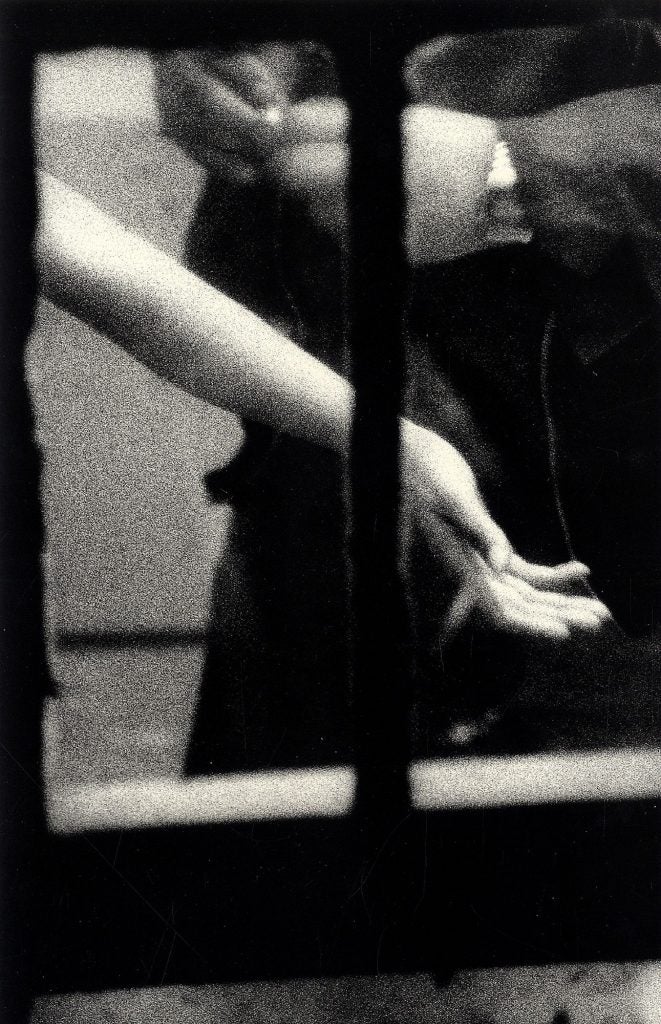
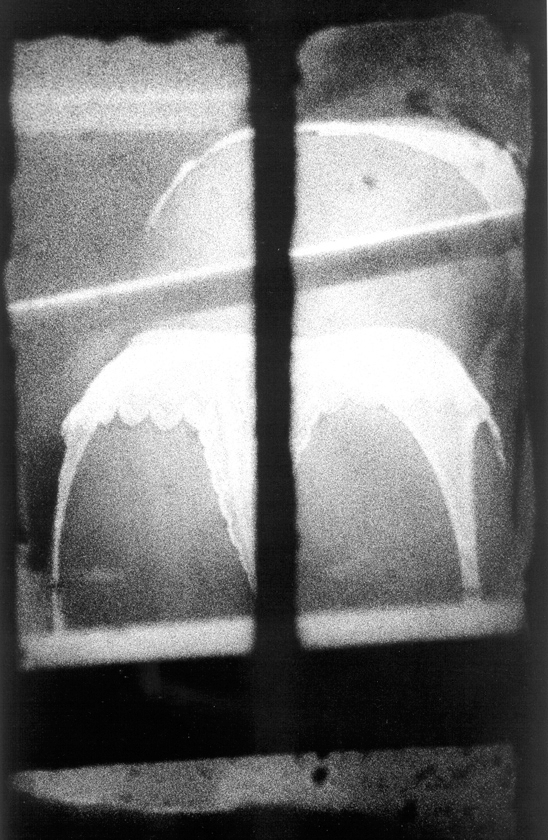
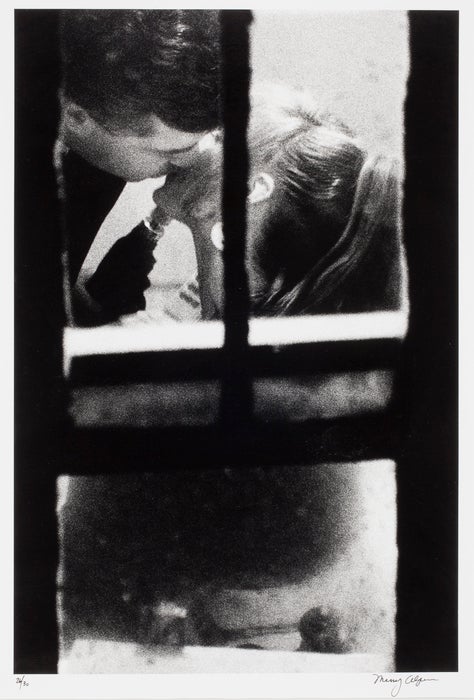
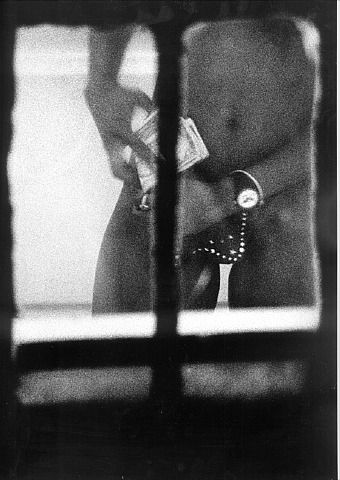

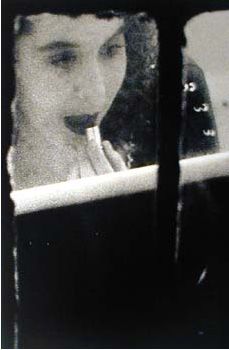
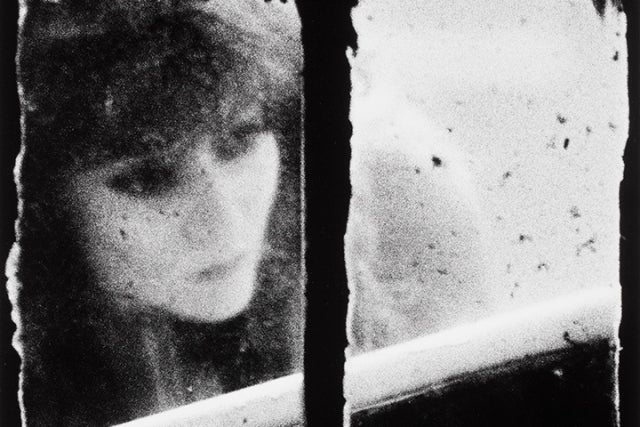
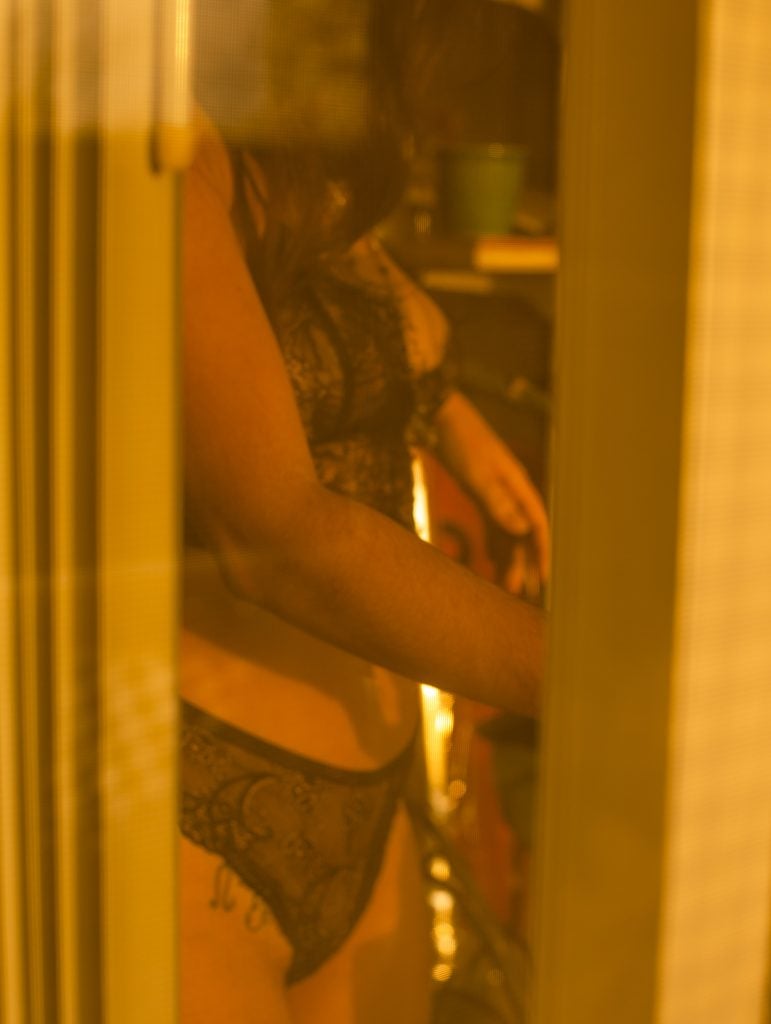
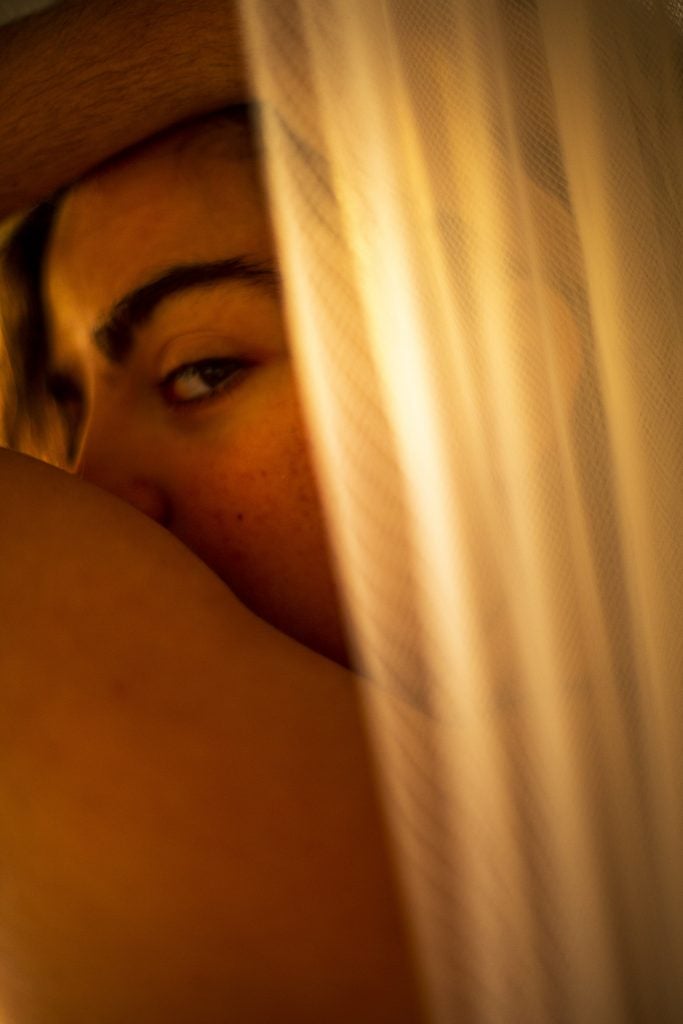
Mackenzie,
Thanks for enabling comments.
I appreciate the complicated series of reflections that you present here, from articulating your initial assumptions to recognizing their limitations, to accommodating the changed situation, to recognizing how much you insight you gained both from the photographs that worked and those that you missed. Your empathetic account of Alpern’s project and its feminist or female dimensions–how to take pictures that are not pornographic of sex and drugs and money–offers some fine insights into the intersections of the personal and the political, even though you don’t explicitly name them.
DDM
Mackenzie,
As you prepare your final version of this project, consider reducing the number of photos in your slide show. I think that it would be stronger if you did not include several sharp photos at the end of the show. The final pairings that you have in your conclusion are excellent. I am struck, actually, by the continuities of female undergarments, despite several decades separating your photos from Alpern’s. I should also note that I think your lighting and use of color works very well and is an effective juxtaposition to Alpern’s black and white photographs.
DDM
Mackenzie,
Your photographs really stood out during class presentations. The effort you put into your work is extremely evident and definitely paid off. The way you used the light to frame the subjects of your images does a great job channeling the style of Alpern’s work, as well as how you chose to focus on certain features of the human body. Your reflections on the female gaze are very insightful and I really enjoyed reading through your project!